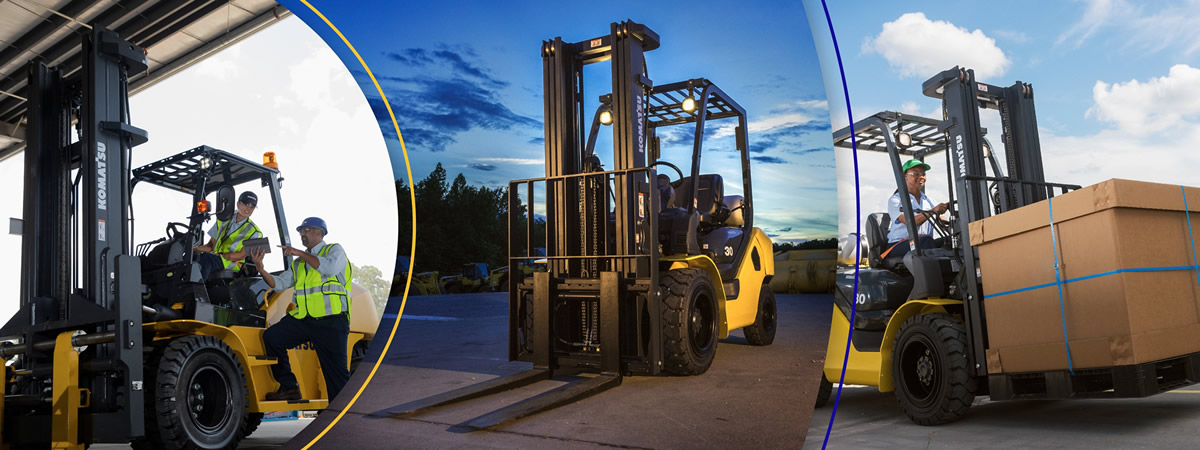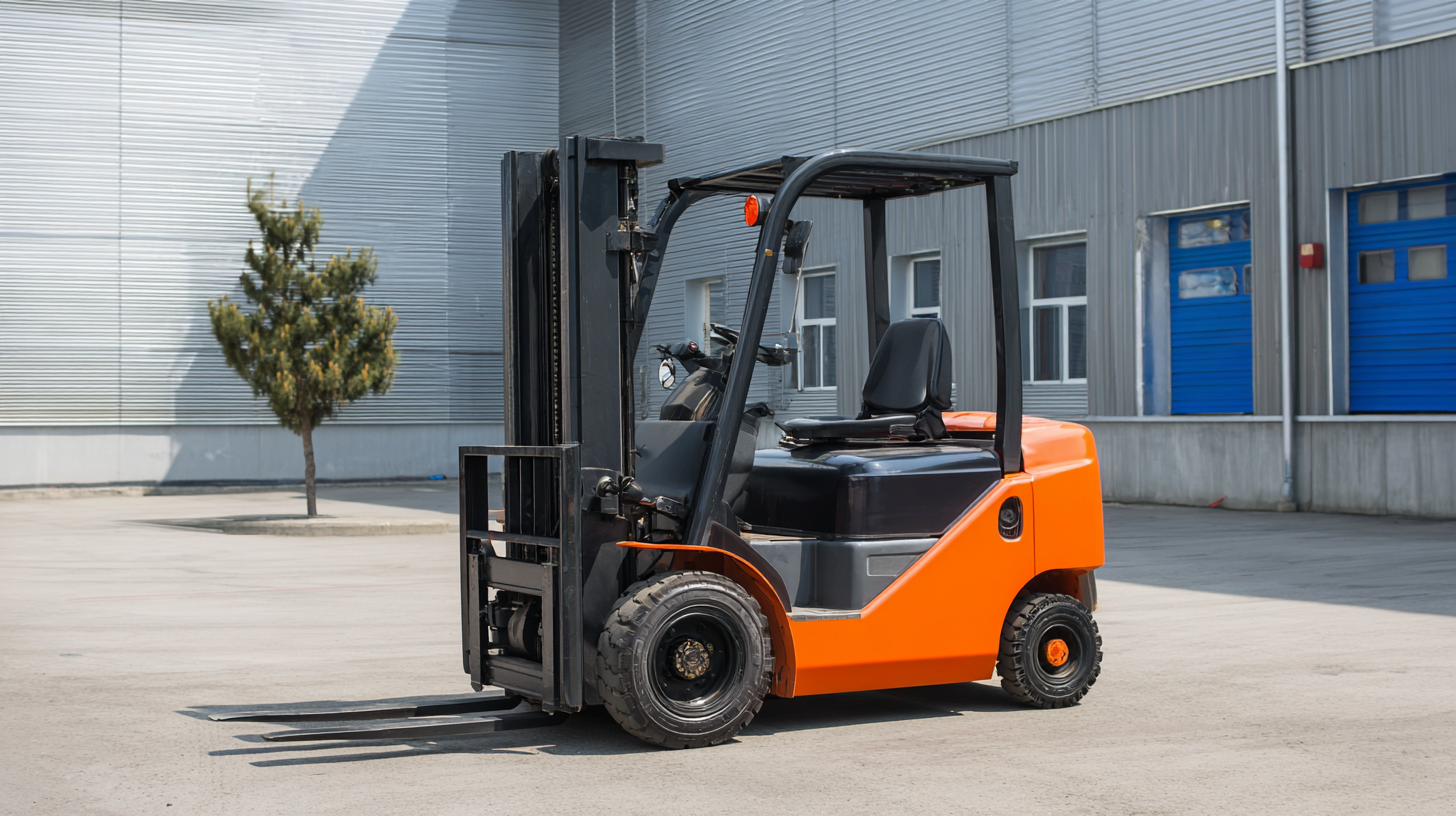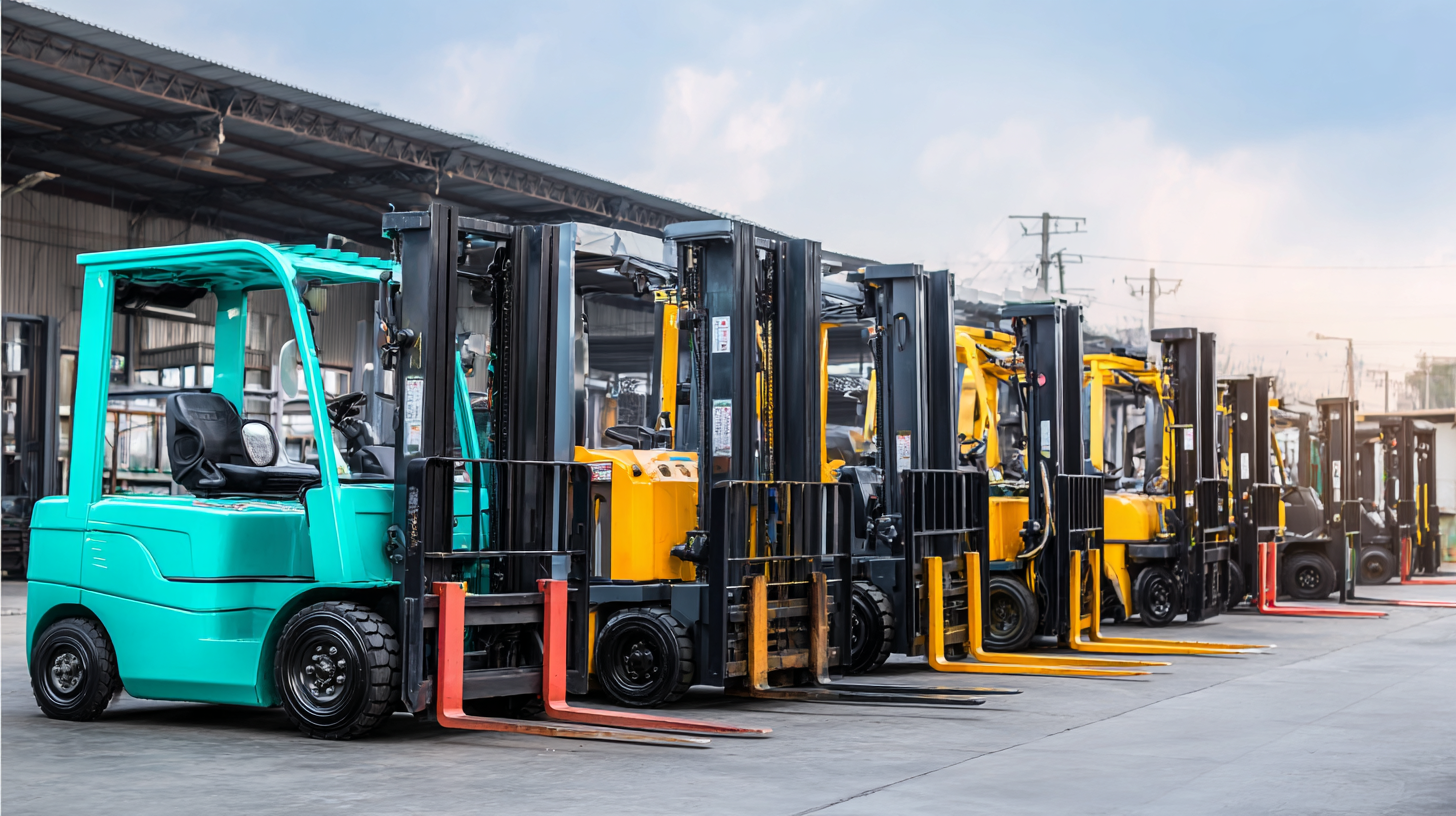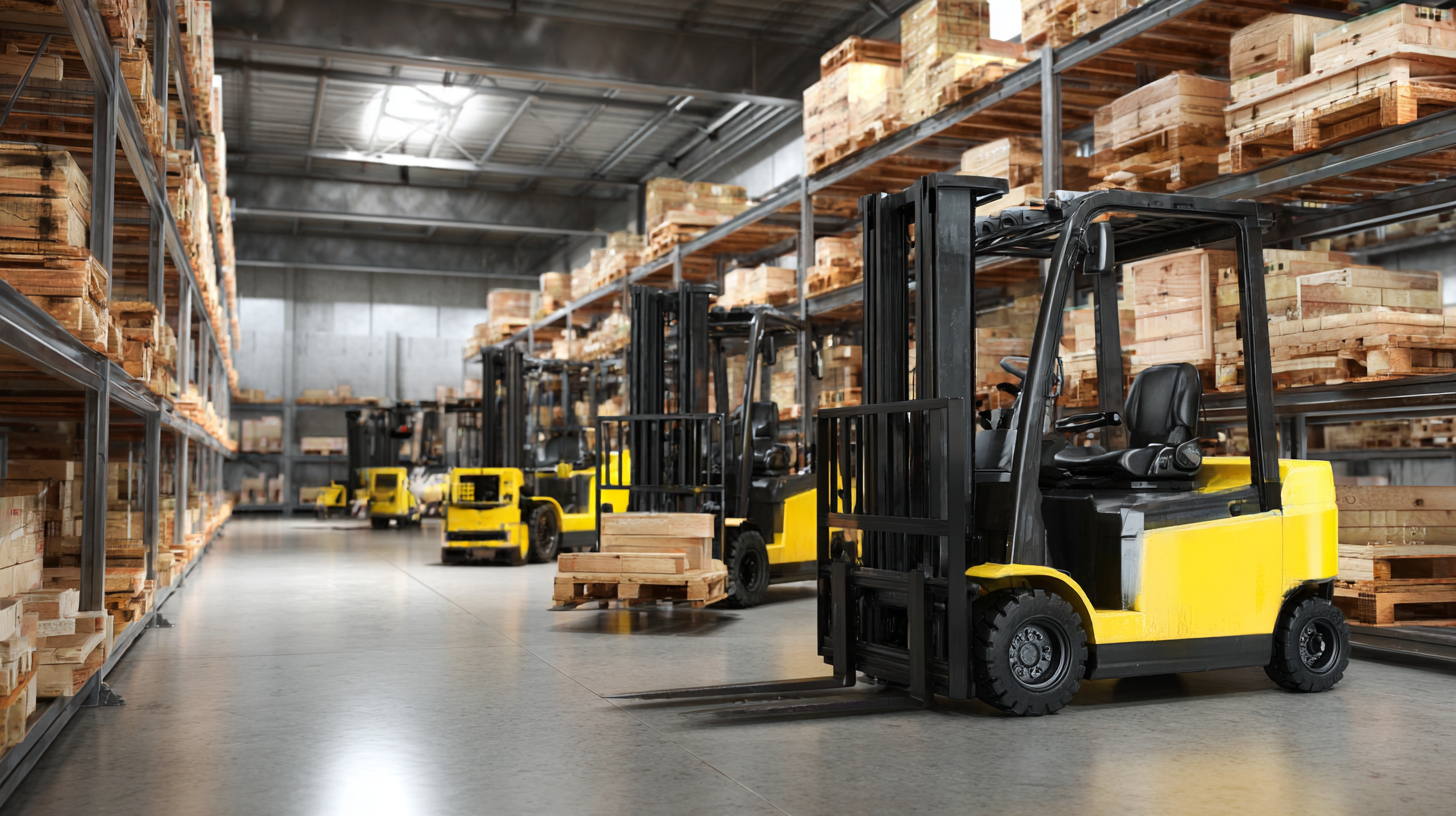
In the rapidly evolving world of warehousing and logistics, the choice of equipment can significantly influence operational efficiency. Among the myriad options available, the Used Electric Forklift stands out as a viable and cost-effective solution for many businesses.

Understanding the different types and their unique features is crucial for making informed decisions that align with your specific warehouse needs. Factors such as lifting capacity, battery life, and maneuverability are essential in assessing the suitability of a used electric forklift for your operations.
Moreover, exploring alternatives and their applications can further refine your selection process, ensuring that you invest wisely in equipment that enhances productivity and meets industry standards. In this blog, we will delve into the various characteristics and ranges of used electric forklifts, providing insights to help you navigate the landscape of material handling solutions confidently.
When choosing a used electric forklift for your warehouse, there are several key factors to consider to ensure it meets your operational needs.
First, assess the forklift's lift capacity: it should match the maximum weight of the loads you frequently handle. Additionally, consider the overall condition of the forklift, including battery life and maintenance history, as these can significantly impact performance and operational efficiency.
Tip: Always review the manufacturer's specifications and service records. A well-documented maintenance history can indicate a reliable machine.
Another important factor is the type of terrain your forklift will operate on. If your warehouse has uneven floors or outdoor areas, ensure the forklift is equipped for those conditions. Additionally, evaluating the turning radius can help in optimizing space within your warehouse, especially in confined areas.
Tip: Test drive the forklift in your warehouse environment, if possible, to gauge its maneuverability and comfort for operators.
When considering used electric forklifts for warehouse operations, a comparative analysis of different brands and models is essential for making an informed choice. Various forklift classifications—such as Class I, II, III, IV, and V—serve different purposes across multiple industries. For example, Class I forklifts are ideal for indoor environments, characterized by their electric design, while Class II vehicles are suited for narrow aisle applications, making them efficient in limited spaces. Understanding the specific requirements of your warehouse can significantly influence the decision-making process.
Evaluating the strengths and weaknesses of different electric forklift brands can provide insight into their performance and reliability. Some brands may offer advanced battery technology that enhances operational efficiency, while others might present advantages in maintenance and overall cost of ownership. Additionally, consideration of the end-user industry is crucial; for instance, a warehouse in the mining sector may require more robust forklifts designed to navigate rough terrains. By synthesizing these factors, businesses can better align their forklift choices with operational demands and sustainability goals, ultimately improving productivity in their facilities.

When selecting a used electric forklift, understanding battery types is critical to ensuring optimal performance in your warehouse. Electric forklifts primarily use lead-acid and lithium-ion batteries, each with distinct characteristics affecting operational efficiency. According to the Material Handling Industry of America (MHIA), lead-acid batteries, while cost-effective and widely available, typically require lengthy charging times and regular maintenance. They are suitable for companies prioritizing initial investment over long-term operational costs.

In contrast, lithium-ion batteries offer superior advantages, including faster charging times and longer lifespans. A study conducted by the Electric Power Research Institute (EPRI) highlights that lithium-ion batteries can reduce energy costs by up to 30% due to their higher energy density and efficiency. Furthermore, the ability to charge these batteries during breaks can drastically increase uptime, making them a preferred choice for warehouses with high turnover rates. Making an informed decision about the battery type can thus significantly influence the overall productivity and cost-effectiveness of your forklift operations.
When evaluating used electric forklifts for your warehouse needs, understanding maintenance costs and lifespan is crucial. The growing demand for electric forklifts, driven by their cost efficiency and environmental benefits, is evident in the projected market growth expected to reach $180.47 billion by 2032. As these machines replace internal combustion counterparts, knowing the long-term expenses associated with maintenance becomes vital. Electric forklifts typically have lower ongoing maintenance costs due to fewer moving parts, reducing the likelihood of repairs and downtime.
Additionally, the lifespan of used electric forklifts plays a significant role in decision-making. On average, a well-maintained electric forklift can last over a decade, providing a good return on investment. However, factors such as battery health, usage frequency, and maintenance history must be thoroughly assessed. As businesses continue to prioritize sustainability, the shift towards electric forklifts not only enhances operational efficiency but also aligns with the industry's movement towards greener practices. Understanding these aspects will aid warehouse managers in making informed choices that meet both budgetary constraints and operational demands.
This chart illustrates the average maintenance costs and expected lifespan (in years) of used electric forklifts across various usage levels. The data helps in making informed decisions for warehouse needs.
When selecting the best used electric forklift for your warehouse, assessing load capacity and ergonomics is crucial. Load capacity determines how much weight your forklift can safely lift, which directly impacts your operational efficiency. It's essential to match the forklift's load capacity with the heaviest items you intend to move. Overloading can lead to accidents and damage, so always consult the manufacturer's specifications and ensure that the selected model meets or exceeds your needs.
Equally important is ergonomics, which enhances productivity and worker safety. An ergonomic forklift is designed to reduce strain on operators, promoting better posture and comfort during use. Features such as adjustable seats, intuitive controls, and good visibility can make a significant difference in reducing fatigue and increasing overall performance. Evaluate the forklift's design and operator experience to ensure that it aligns with the daily tasks and working conditions in your warehouse. Prioritizing both load capacity and ergonomics will lead to a more informed and effective selection process.
| Model | Load Capacity (lbs) | Lift Height (ft) | Ergonomic Features | Battery Type | Price Range ($) |
|---|---|---|---|---|---|
| Forklift A | 4000 | 15 | Adjustable Seat, Tilt Steering | Lithium-Ion | 15,000 - 20,000 |
| Forklift B | 5000 | 18 | Suspension Seat, Ergonomic Controls | Lead Acid | 12,000 - 18,000 |
| Forklift C | 3000 | 12 | Reclining Seat, Easy Access Controls | Lithium-Ion | 8,000 - 12,000 |
| Forklift D | 6000 | 20 | Fully Adjustable Operator Console | Lead Acid | 20,000 - 30,000 |
Content © 2025 Komatsu. All Rights Reserved
